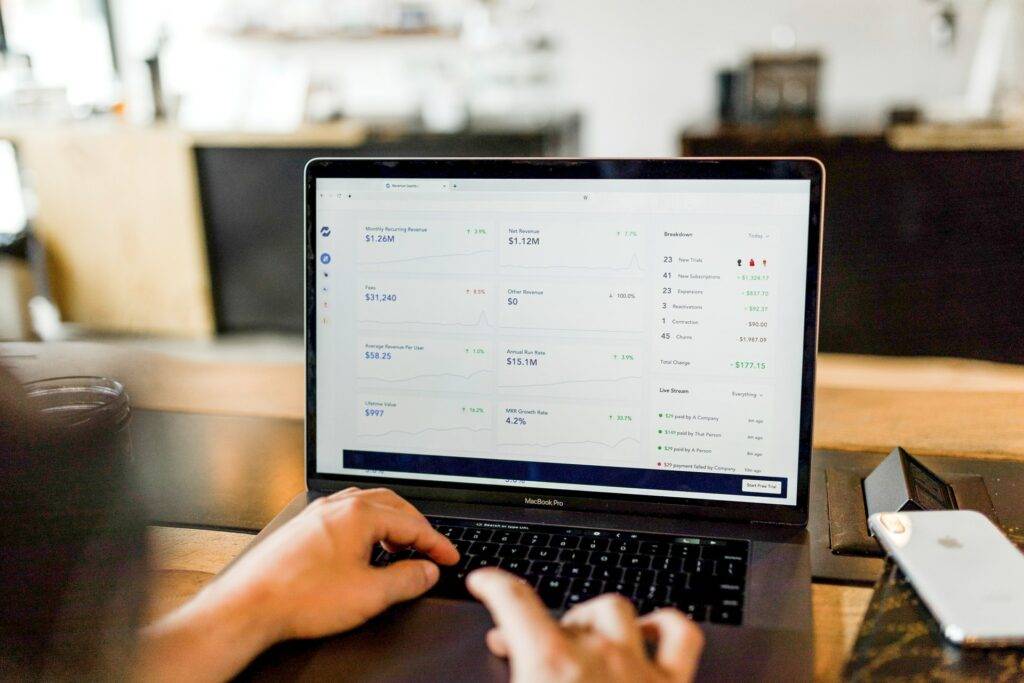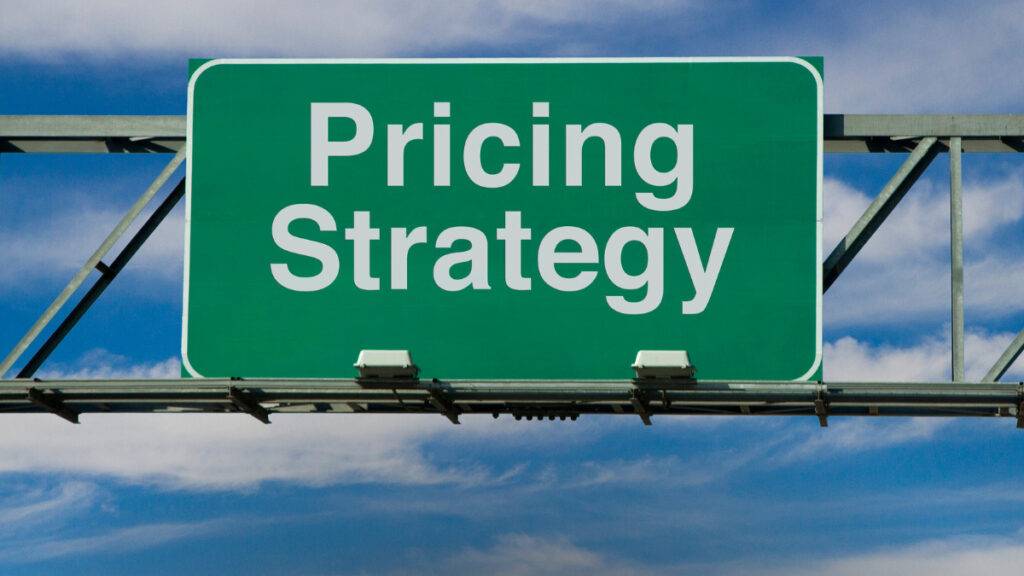From the launch of a service to the moment it is “delivered” to the consumer, the processes performed by a company ultimately end their trajectory on a label—the price label. Prices have the ability to determine the value of a product and influence the customer’s buying decision. Therefore, pricing is one of the most important business strategies, but it requires planning and consistency.
Furthermore, product pricing is based not only on mathematical calculation, but on the ability to make a good judgment; in other words, it’s part art, part science. However, entrepreneurs make many pricing mistakes, compromising the progress of their business. Charging a particular price for a given product involves important factors such as identifying the target audience, possessing market knowledge, knowing what competitors are charging, and understanding that price isn’t always related to quality.
Knowing how to set the initial price ensures your business makes a profit and creates happy customers, so here are a few tips to help you price your product or service.
Consider your expenses
Any company has expenses when it manufactures and markets a product, so these costs need to be considered before setting a price. One way is to create an expense table based on how much your company spends on product development.
In addition, costs should be categorized as either fixed or variable expenses. Fixed expenses occur every month, while variable expenses occur at different time intervals. It is worth remembering that these costs are embedded in a company’s logistics and operation, yet remain one factor in helping to define the price.
Analyze price categories
The goal here is to be able to measure the same price according to different categories. There are two possible approaches: calculate net sales (i.e. the value of the product without taxes and rebates) or calculate the gross price (i.e. the price that will be shared with the customer, a.k.a. the sticker price).
Ideally, you would define the values according to the costs, including all the expenses (taxed or not), and then verify the price based on your competitors’ prices. Either one of the two categories defined above should always be included in this process.
Check your market positioning
Knowing the market and evaluating the position of competitors is critical when defining prices. Positioning can be quite relative, since the competition can have lower or higher prices. Part of understanding your position in the market is by analyzing what differentiates your solution from the competitions’ solution.
Does your solution provide better service, delivery, quality or some other factor that can justify the price and give the customer a reason to choose your product? All these details need to be considered when dealing with an increasingly competitive and selective market.
Constantly monitor your price
You have considered all the factors, crunched the numbers, and set the price. However, pricing isn’t a fixed process—redefining your price or recalculating your profit margin should be commonplace since the market is constantly changing.
One way to maintain an up-to-date price is to use an automated management system. An automated management system helps you analyze whether customers are satisfied with the price and determine if there is a need for an readjustment, a discount, or even a price increase.
When setting the price, tell a story
As we mentioned earlier, the price on a label is a representation of the entire process carried out by the company. In addition, the price communicates with customers, informing them of the main characteristics, features, and quality of the product. Price also serves as a reference point to help customers differentiate between other products that are more expensive or cheap.
This comparison is only possible because the price can tell a story to the customer. It is up to your company to tell this story in a clear and objective way. Keep in mind that haphazard pricing, or pricing without a plan, can jeopardize the success of your business.
There is no basic rule for pricing but, with these tips, you are now able to determine the best price according to a variety of factors.
Learn more about sales pipeline by clicking here.





